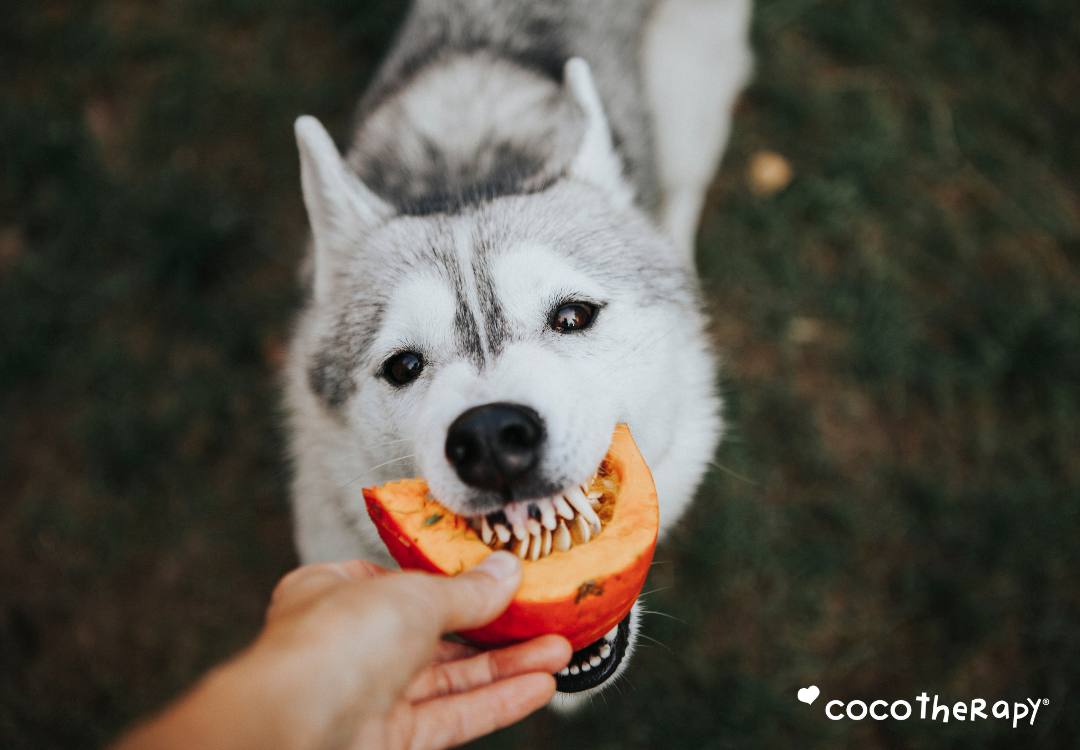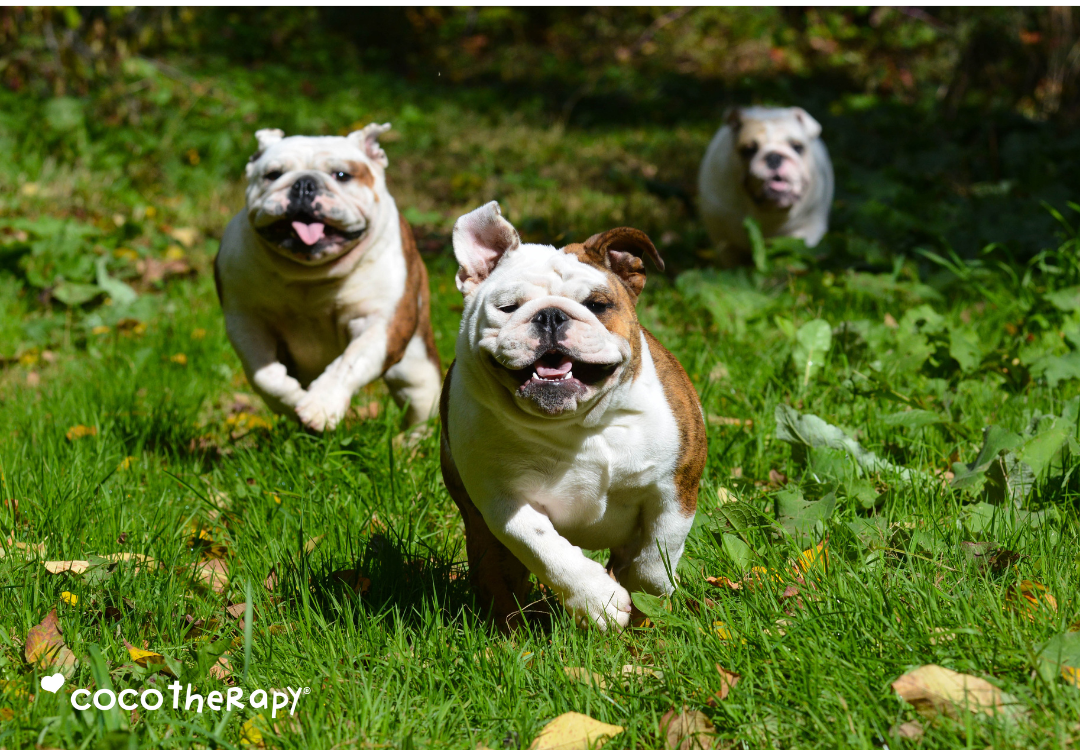Is your pet’s constant itching or funky smell driving you both crazy? Frequent paw licking, ear scratching, or unusual odors could be signs of a yeast imbalance. This type of infection, usually triggered by the yeasts Malassezia pachydermatis or Candida albicans, is uncomfortable for pets and frustrating for pet parents.
The good news? Natural oils and fatty acids can help. With antifungal properties and immune-boosting benefits, these plant-based options support your pet’s body from the inside out.
In this post, we’ll cover seven of the most effective choices that calm symptoms, heal irritated skin, and help eliminate yeast for good. So, get ready to say goodbye to itchy skin and hello to a happier, healthier pet!

Why Yeast Overgrowth Happens
Yeast lives naturally on your pet’s skin and in their gut, but when the environment shifts out of balance, it can grow out of control. Common triggers include antibiotics, high-carbohydrate diets, allergies, and immune system stress.
When yeast multiplies, it starts to damage the skin and gut barrier. This can lead to inflammation, itchiness, odor, and recurring infections that seem to never go away. Breaking the cycle means addressing the root causes and supporting the body’s natural defenses.
How Oils and Fatty Acids Help
Certain oils and fatty acids have antifungal compounds that directly target yeast. Others soothe inflamed skin or help rebalance the microbiome, giving your pet’s body a better shot at healing.
The right oil can make a huge difference to your pet's skin and coat health. Some work best when fed daily with meals, while others are ideal for spot treatments on irritated skin. Using the correct one – and using it safely – can help calm symptoms fast and support long-term recovery.
Now that we've covered the basics of yeast overgrowth and its causes, let's dive into some of our favorite oils and fatty acids that can help treat yeast infections in pets:
1) Olive Oil (Oleuropein)
Extra virgin olive oil offers a gentle way to fight yeast while also calming irritated skin. Its star compound, oleuropein, has antifungal and anti-inflammatory properties that support healing.
This oil also nourishes the skin barrier and helps moisturize dry, flaky patches. It’s not as strong as oregano or tea tree oil, but it’s safer for frequent use and less likely to cause a reaction.
You can add a few drops to food or use it directly on the skin. For extra healing power, try infusing it with calming herbs like calendula or mullein before application.
2) Caprylic Acid
Caprylic acid is a medium-chain fatty acid that’s naturally found in coconut oil and palm kernel oil. It’s well known for its ability to break down the cell membrane of yeast, which kills it without harming healthy bacteria.
This makes caprylic acid a great choice for pets with gut yeast overgrowth or recurring skin infections. It targets Candida albicans and similar strains while being easy on the digestive system and overall microbiome.
You can add caprylic acid to your pet’s food in supplement form or by using a high-quality MCT oil rich in caprylic acid like TriPlex MCT-3 Oil that lists it as the main ingredient. For itchy paws or irritated skin, applying virgin coconut oil topically can also help soothe and protect.
3) Lauric Acid
Lauric acid is another coconut-based fatty acid with strong antifungal and antibacterial benefits. It’s found in high levels in both coconut oil and breast milk, making it a safe and natural immune supporter.
This fatty acid works by disrupting the outer membrane of harmful microbes, including yeast. It also supports your pet’s immune system, helping them naturally resist infections and stay balanced long term.
High-quality coconut oil like CocoTherapy Organic Virgin Coconut Oil is the best way to deliver lauric acid to your pet. You can offer a small spoonful mixed with food or use it as a soothing balm for skin flare-ups. It’s gentle, multipurpose, and a solid first step for most pets with yeast issues.
4) Monolaurin
Monolaurin is a concentrated compound made from lauric acid. It offers the same antifungal power as coconut oil – just in a more targeted and potent form that’s especially helpful for systemic yeast problems.
If your pet has ongoing issues that don’t respond to dietary changes alone, monolaurin may offer better results. It disrupts yeast cells while being well tolerated by most pets, even those with sensitive stomachs.
This supplement usually comes in small pellets or capsules that can be added to meals. It’s a great option for chronic yeast overgrowth and provides internal support when topicals aren’t enough on their own.
5) Oregano Oil
Oregano oil is one of the most powerful antifungal oils out there. It contains carvacrol and thymol – two compounds known to destroy yeast cells, including those that form protective biofilms.
This oil is effective both inside and out but must be used with care. It’s highly concentrated and can irritate skin or digestive tissue if not properly diluted. Always mix it with a carrier oil before applying topically. We recommend talking to a holistic vet to make sure you're using the proper dilution for your furry friend's needs.
For internal use, oregano oil supplements designed for pets offer a safer and more measured way to deliver benefits. It’s ideal for stubborn infections or when other remedies have failed, but it’s best used under guidance from a veterinarian.
6) Tea Tree Oil
Tea tree oil (also called melaleuca oil) is widely known for its antimicrobial power. It works against yeast, bacteria, and other pathogens that can irritate your pet’s skin and ears.
When diluted, tea tree oil can help treat localized yeast infections like itchy paws, hot spots, or ear inflammation. It calms redness and helps prevent further infection when used correctly.
A word of caution: this oil is very strong and should never be used undiluted or administered orally. For safe use, dilute a few drops with a neutral carrier oil, such as coconut oil, before applying it to your pet's skin. When used sparingly, it can be an effective option for targeted spot treatments.
Safety Tips
- Always dilute to below 0.5 %. Full-strength tea-tree oil can sting skin and is toxic if licked.
- Cats and toy breeds are extra-sensitive – check the dilution ratio with your vet first.
- Keep the bottle out of paw-reach. Even a small accidental lick can cause poisoning.
7) Garlic Oil (Allicin)
Garlic has a reputation for being off-limits to pets, but when it’s used correctly, it can actually be beneficial for both dogs and cats. The key compound in garlic, allicin, has antifungal, antibacterial, and immune-supporting properties that make it a valuable tool for managing yeast overgrowth.
There’s a lot of confusion around garlic because it belongs to the same family as onions, which are toxic to pets in high amounts. But garlic contains much lower levels of the harmful compound, and toxicity typically only occurs with large, frequent doses.
In proper amounts, garlic has been used for centuries in traditional and holistic veterinary care to support digestion, boost immunity, and help maintain cardiovascular health.
For pets with yeast issues, garlic oil provides a safer, easier way to give controlled doses. Dogs can generally tolerate more garlic than cats, but both species can benefit – just in different amounts.
Cats are more sensitive, so any garlic supplement should be introduced slowly and used in moderation. Look for pet-formulated garlic oil or powder and avoid raw cloves unless guided by a vet. With careful use, garlic can be a safe and effective part of your pet’s yeast-fighting routine.
Safety Tips
- Stick to vet-approved pet garlic products – raw cloves are a no-go.
- Cats and small dogs tolerate only tiny amounts. Over-dosing can trigger anemia.
- Start low, go slow, and confirm the dose with your veterinarian.

What to Consider Before Using These Oils
Before giving your pet any oil, it’s important to remember that not all oils are created equal. Look for organic, cold-pressed, or therapeutic-grade products with no added fragrances or preservatives. These are safer and more effective for both oral and topical use.
It's also important to introduce new oils slowly and watch for signs of sensitivity. If you’re applying it to the skin, start with a small test area first to rule out reactions. And avoid applying to broken or irritated skin without checking with your vet.
When yeast infections are severe or ongoing, it’s smart to work with a holistic or integrative veterinarian. They can help you create a plan that includes diet, supplements, and safe oil use based on your pet’s specific needs.
Can These Natural Oils Really Eliminate Yeast for Good?
Natural oils and fatty acids are a great solution for pets dealing with yeast overgrowth. Each one brings a unique set of benefits, from killing yeast directly to soothing inflammation or boosting the immune response.
For best results, it’s important to be consistent. Use a combination of internal and external support, pair it with a low-sugar, anti-yeast diet, and keep an eye on any environmental triggers like allergies or stress.
With the right oils and a solid routine, many pets see long-term improvements in their skin, ears, paws, and overall comfort. It’s not always instant, but with patience and the right support, it’s absolutely possible to help your pet heal from the inside out.
Want to find out more about how coconut oil helps eliminate yeast in pets? Check out our previous post, How Coconut Oil Helps Fight Candida Infection.



